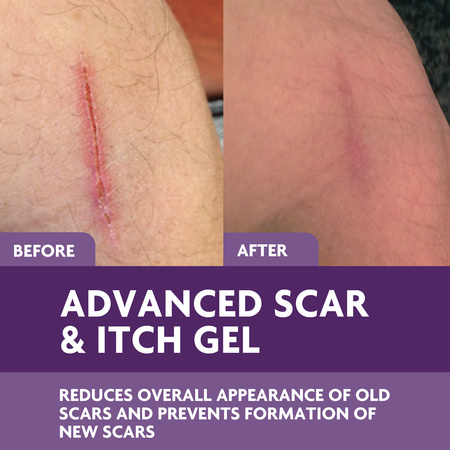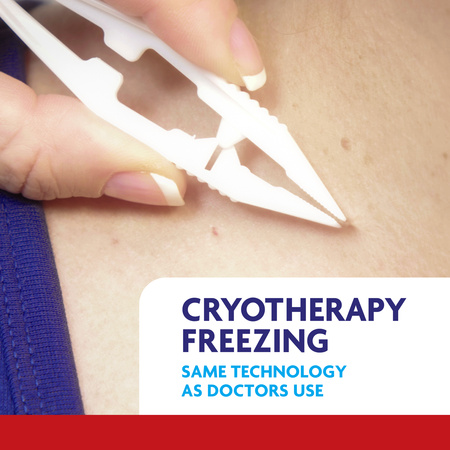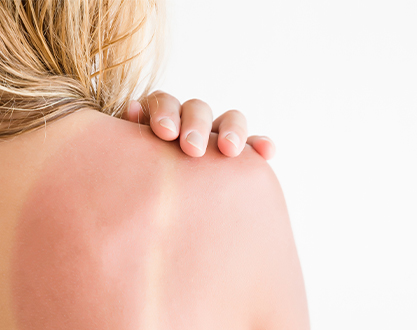A first-degree burn, also known as a mild or superficial burn, affects the first layer of skin and is the least harmful of the burn types. Contrary to second degree burns, first degree burns most commonly occur to young children and older adults. Although first degree burns are seldom severe, they can become quite painful, at which point you should seek professional medical assistance.
Treatment & uses
Find answers to your questions
Alocane FAQs
Answers to our most commonly asked questions
- Choosing a selection results in a full page refresh.
- Opens in a new window.





 First degree burns can be treated at home and are best treated by first running room temperature water over the affected area to relieve the pain and swelling. After placing the cool compress, it is best to apply an ointment containing Aloe Vera in combination with an anesthetic like Lidocaine to numb the pain and protect the wound.
First degree burns can be treated at home and are best treated by first running room temperature water over the affected area to relieve the pain and swelling. After placing the cool compress, it is best to apply an ointment containing Aloe Vera in combination with an anesthetic like Lidocaine to numb the pain and protect the wound. Third-degree burns always require immediate treatment from a medical professional and should never be self-treated. Quickly dial 911 If you or someone you know experience a third-degree burn.
Third-degree burns always require immediate treatment from a medical professional and should never be self-treated. Quickly dial 911 If you or someone you know experience a third-degree burn. Similar to a third-degree burn, fourth-degree burns are oftentimes life-threatening and require immediate treatment from a medical professional.
Similar to a third-degree burn, fourth-degree burns are oftentimes life-threatening and require immediate treatment from a medical professional.